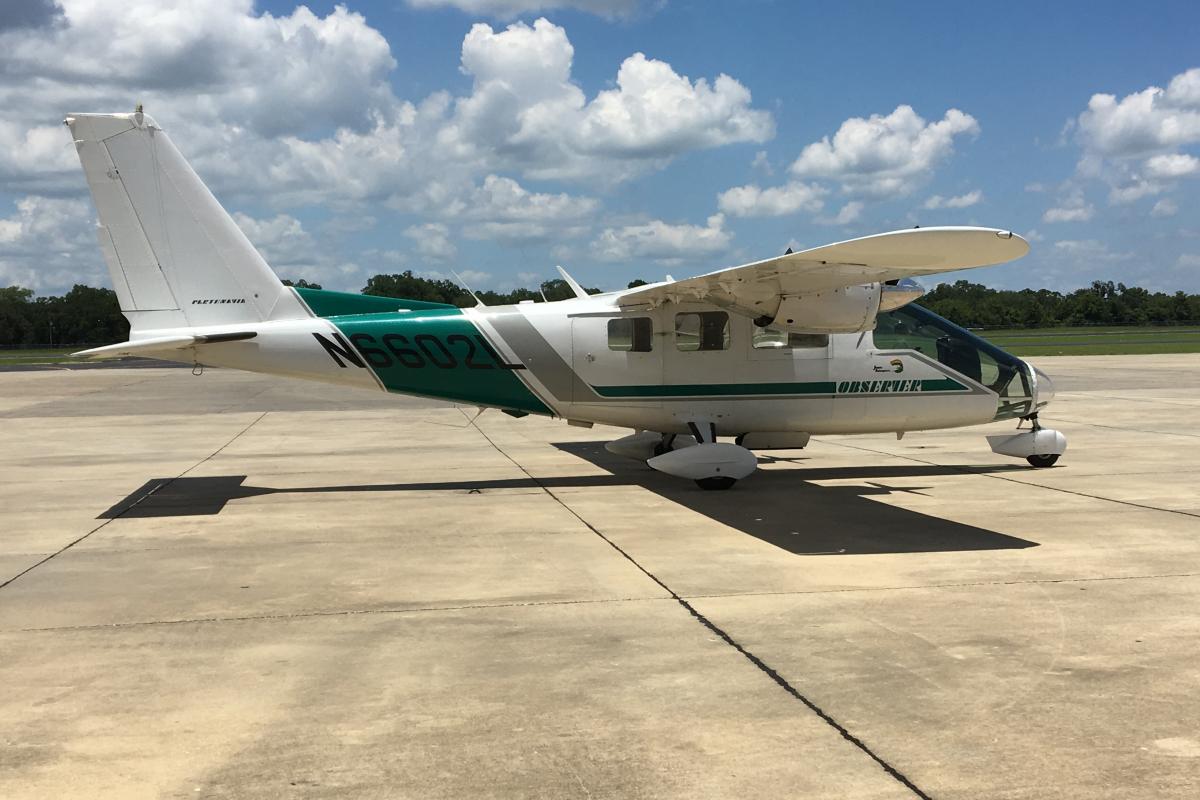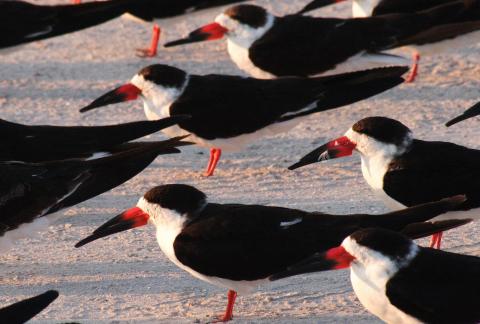The Regionwide Trustee Implementation Group is set to begin collecting information that will help us restore bird populations injured by the Deepwater Horizon oil spill across the northern Gulf of Mexico. Our activities are described in the recently approved Colonial Waterbird Monitoring and Adaptive Management Activity Implementation Plan (PDF, 17 pages).
Colonial waterbirds experienced significant injuries throughout the northern Gulf of Mexico during and after the 2010 spill. These colonies remain greatly affected as suitable breeding and foraging areas continue to shift geographically and over time. A coordinated and cumulative monitoring approach will allow Trustees to design and implement representative restoration projects as well as understand and measure project benefits across the entire northern Gulf.
This Regionwide monitoring effort relies on comparable and coordinated methods and protocols that will take into account the large geographic scale of our restoration effort and the movement of targeted colonial waterbird species including brown pelican, royal tern, Sandwich tern, Caspian Tern, gull-billed tern, black skimmer, reddish egret, little blue heron, tricolored heron, roseate spoonbill, great blue heron, black-crowned night Heron, and secondarily, laughing gull, Forster’s Tern and others between breeding locations.

surveys in all five Gulf States.
We will use two well-established methods:
- Aerial Photographic Nest Surveys: Fixed-wing aircraft will fly over waterbird colonies and photographers will document the locations of nesting colonies from South Texas, across Louisiana, Mississippi, and Alabama, to the Big Bend of Florida.
- Data Analyses: Aerial photographic nest surveys will be reviewed and the location of each nest will be noted. Using this information, we will estimate relative abundance, distribution trends and breeding status of targeted colonial waterbird species across the northern Gulf of Mexico.
Information gained from this monitoring and adaptive management activity will directly benefit the Trustees’ ability to effectively restore colonial waterbird populations across the northern Gulf of Mexico.


